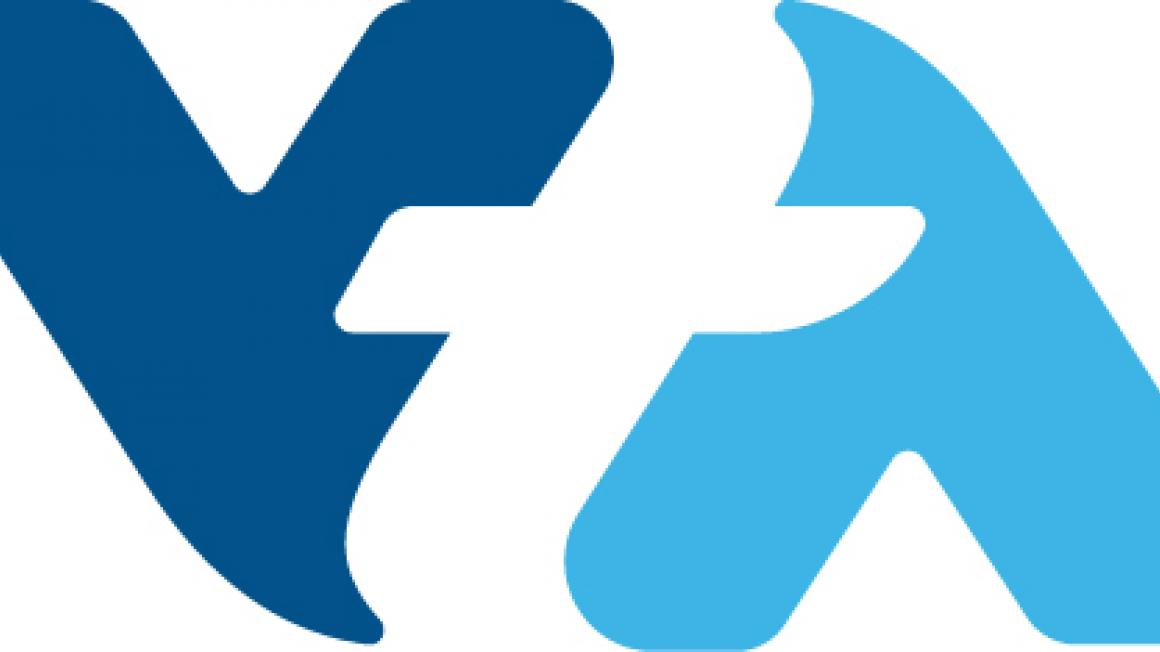VTA’s Board members, the majority of which are newly appointed this year, received a briefing on the agency’s complex financial situation at a special workshop January 22. The workshop was intended to bring board members up to speed on the agency’s budget situation as they prepare to adopt a new two-year budget this summer.
Interim VTA Chief Financial Officer Kathleen Kelly reviewed a budget picture that shows what she called “wildly divergent estimates of sales tax-related revenues” ranging from $354.7M to $385.2 M for the current fiscal year (FY2021), due to the impacts of the pandemic. However, she told VTA board members federal funding from the CARES Act distributed last summer has helped keep the agency afloat for now.
Because of the COVID pandemic, ridership has decreased by about 75%, and current social distancing requirements only allow 10-20% of normal capacity on VTA buses. Several public speakers asked the board to consider focusing more resources on transit operations in the next budget.
The workshop also provided the board with a presentation on a revised 10-year plan for funding projects from 2016 Measure B sales tax revenue.
Ms. Kelly outlined four proposed principles for the board to consider using as they plan for the next ten years and the upcoming biennial budget:
- Invest in all 9 program categories during the 10-year period.
- Apply percentage shares to formula-based programs on an annual basis (includes streets and road repair, bike/pedestrian program, and transit operations).
- Approve project selection criteria to determine when a project is eligible to be included in ten-year program and biennial budget for needs-based programs (these include Caltrain grade separation, Caltrain Corridor Capacity Improvements, County Expressways, Highway Interchanges, State Route 85 Corridor, and BART Silicon Valley Phase II).
- Use financing tools to make funding available when projects are ready.
In terms of deciding what projects would be funded, Kelly outlined a proposed list of project criteria to be considered:
- Project delivery status – milestones to determine when a project is ready to be in the 10-year program and/or the biennial budget
- Funding status – status of non-Measure B funding sources
- Partner agency/community support
- Equity and climate considerations
- Geographic balance
Feedback from board members included newly appointed member Pat Burt, Palo Alto’s Vice Mayor, who asked staff to define equity and climate considerations and partner/community support more clearly.
Newly appointed board member Supervisor Joe Simitian asked for priority of projects that will provide the greatest amount of congestion mitigation for the greatest number of residents.
Mountain View Councilmember Margaret Abe-Koga, also newly appointed to the board this year, (though she has served on the VTA board in the past) wants to ensure the agency considers new technology when funding transportation projects. She was assured Innovation was included as a subcategory in the transit operations program.
Supervisor Cindy Chavez, who recently completed her third term as VTA Board Chair, asked for a criterion regarding maintaining current operation levels and expansion of those levels as part of principles or criteria. She also made a point about the need for better communication between city staffs and board members, saying “This is a time for overcommunication,” Chavez said.
The board will begin considering the FY2022 and FY2023 biennial budget in April , with a final vote expected in June.
